-
×

-
×
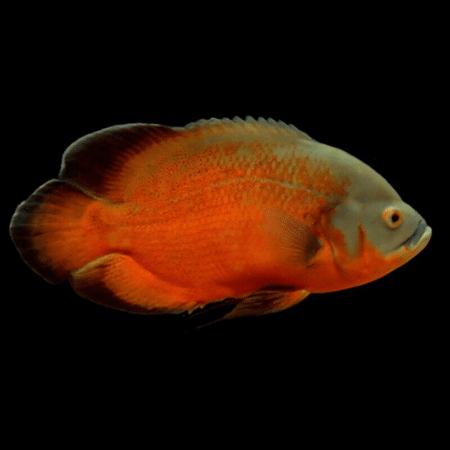
-
×
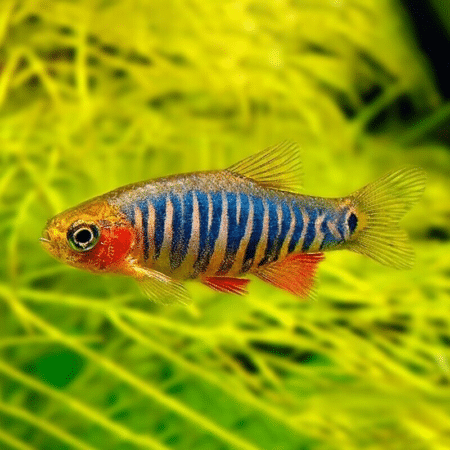
-
×

-
×

-
×
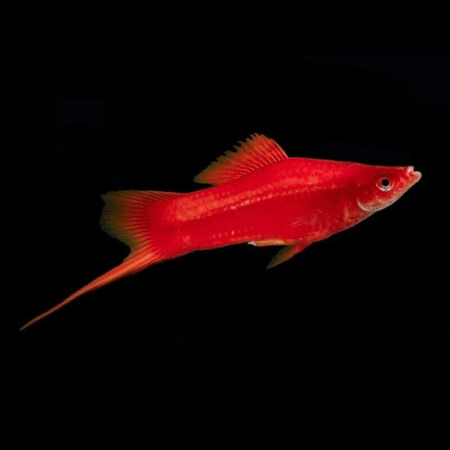
-
×

Subtotal: £176.78

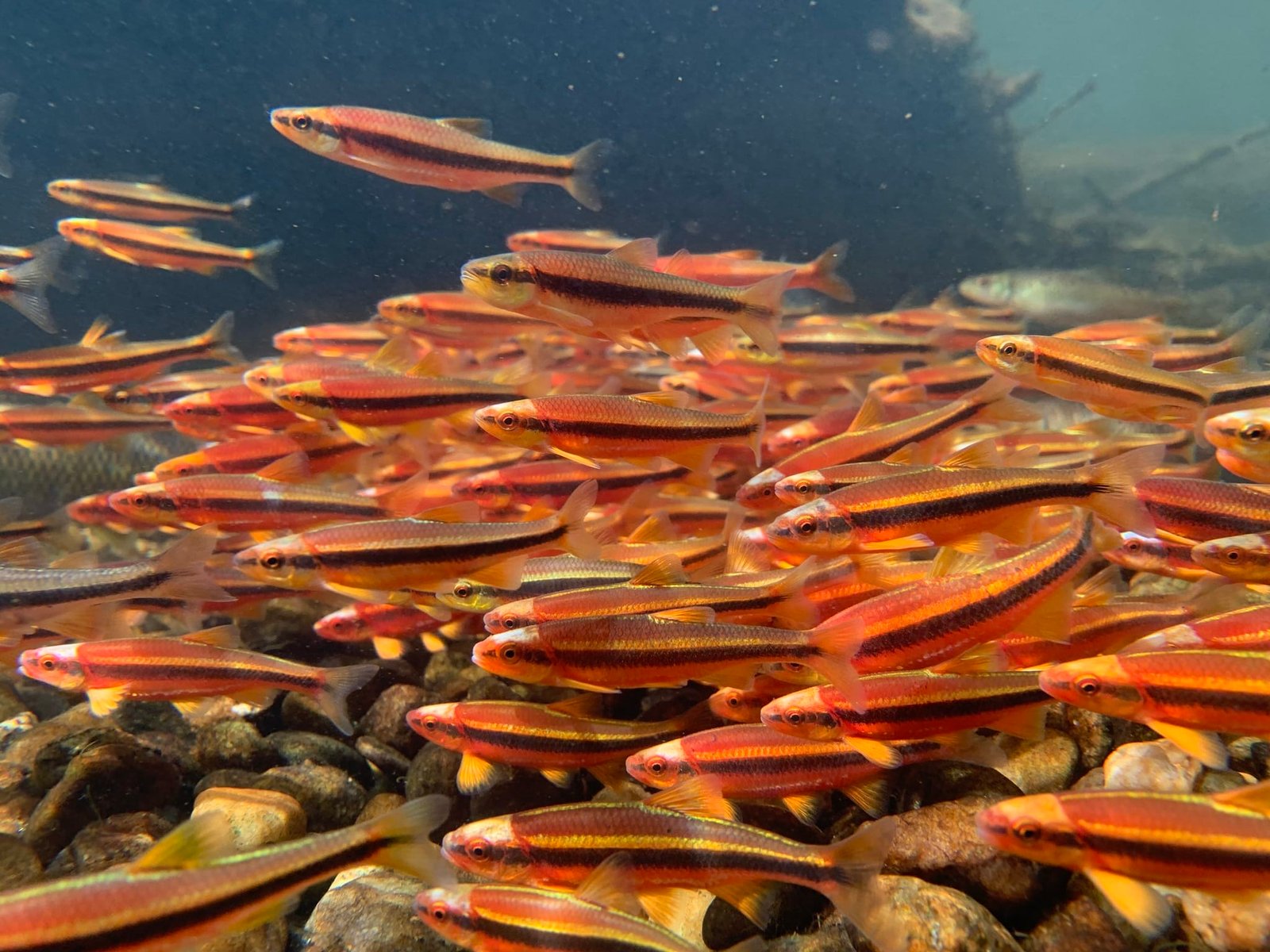
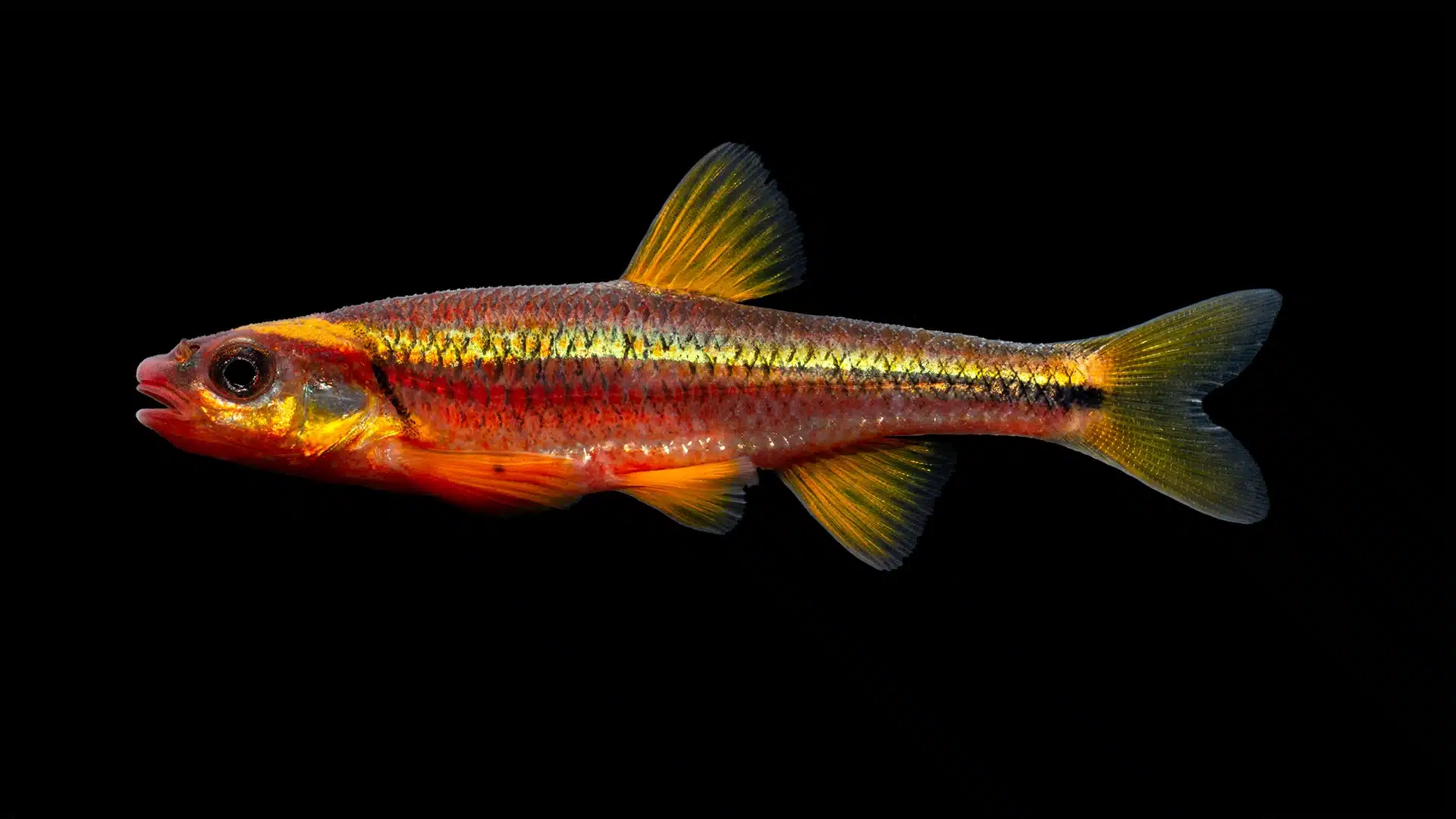


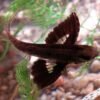





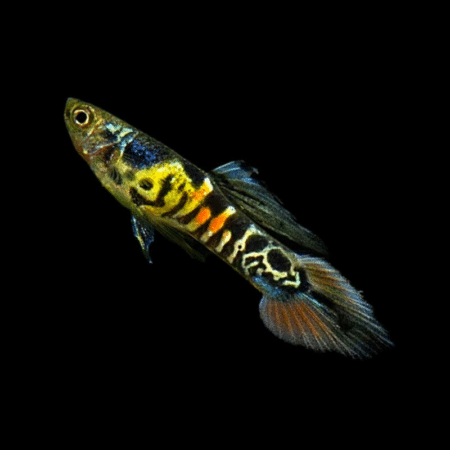




Emily Richards (verified owner) –
I recently purchased the 5 Yellowfin Shiners (Notropis lutipinnis), and I couldn’t be happier! After introducing them into my 55-gallon community tank, they quickly became the stars of the show. These gorgeous little fish, around 3-4 cm, are so vibrant, and their shimmering yellow fins add a delightful pop of color to my aquarium. It’s been about two weeks since they arrived, and they’ve not only adapted beautifully but have also become quite social, often schooling together in the open water, which is a joy to watch.
I appreciate that they are peaceful and get along with my other tropical fish. Their active nature means they need a bit of space, so I recommend having a larger tank with plenty of plants and hiding spots. They are also quite easy to feed; I’ve been using high-quality flakes and occasionally live food, and they seem to thrive!
If you’re a caring fish parent looking to add lively and beautiful species to your aquarium, these Yellowfin Shiners are a fantastic choice. Just be sure to monitor water conditions, as they do best in well-maintained environments. I can confidently say that I would purchase these again without hesitation. Highly recommend for both beginners and experienced aquarists!
Emily Carter (verified owner) –
I recently added the 5 Yellowfin Shiners to my 55-gallon community tank, and I couldn’t be happier! These little beauties are about 3-4 cm each and bring an explosion of color and energy to my aquarium. Their schooling behavior is simply mesmerizing to watch. After just one week, they’ve settled in beautifully and are already interacting with my other freshwater fish.
I’ve kept fish for several years now, and I’ve tried various species, but the Yellowfin Shiners have become my instant favorite. Unlike some other schooling fish I’ve had, they’re incredibly hardy and seem to thrive in a variety of water conditions, which is great for beginners.
One minor concern was that they were a bit shy initially, but with a little patience, they became more outgoing. For anyone looking to enhance their aquarium with vibrant, tropical fish that are easy to care for, I highly recommend these lovely little guys. They truly bring happiness to my tank! Plus, shipping was quick, and they arrived healthy and well-packaged. Would definitely buy from here again!